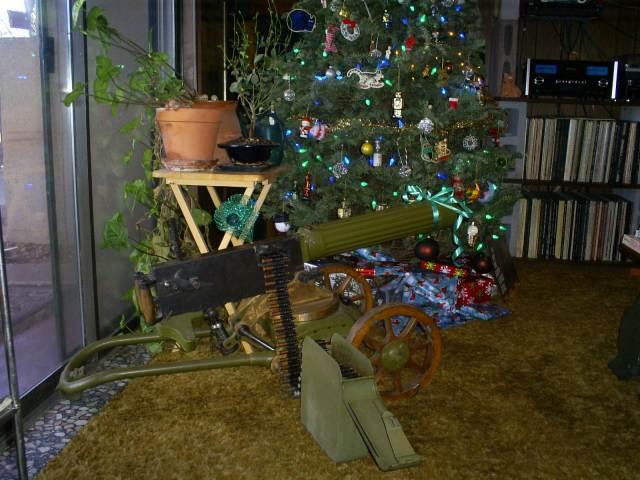The new year brought no particular hope for the Allies. The disaster of Caporetto and the exit of the Russians in fact boded ill, and the Allied command was looking to 1919 for a victory. The Central Powers had eliminated Russia from the war and could bring more troops west, but they were on the verge of starvation because of the Allied blockade and would need to take some action soon.
January saw no major fighting – the winter in France and Flanders was exceptionally cold – and most of the action was diplomatic. At Brest-Litovsk the Russians were discovering just how much a peace was going to cost them, and on 5 January ceased negotiations, demanding they be conducted at Stockholm. Three days later they resumed the talks, only to withdraw again on the 23rd and then reengage on the 30th. Dissension was growing among the Bolshevik leadership, and some wanted to wait until the expected worker revolutions broke out in Europe.
On 6 January a delegation from the Ukraine, which was seeking a separate peace with the Central Powers, arrived. In the wake of the February Revolution in March 1917 the Ukrainians had begun organizing their own state, and while this development was tolerated by the Provisional Government, the new Bolshevik regime was definitely unenthusiastic, despite its proclamation of self-determination in the former empire. As is still clear in the 21st century, the Ukraine occupied a special place in the Russian heart: though possessing a different culture and language, it was considered “south Russia” and the birthplace of Russia itself – Kievan Rus’. And Lenin desperately needed Ukrainian grain. Two decades of nightmare were about to begin for the Ukrainian people.
Others were leaving the one-time Greater Romanov Co-Prosperity Sphere. After the abdication of Czar Nicholas in March 1917 Finland declared itself autonomous, inasmuch as the personal union between Finland and Russia was based on the monarchy. When the Bolsheviks announced self-determination on 15 November, the Finish Parliament declared complete sovereignty and on 6 December passed a Declaration of Independence, which the Soviet government accepted on 4 January. Poland was occupied by the Germans, and Belarus and the Baltic and Caucasian states would soon be departing.
Incidentally, the Bolshevik leadership demonstrated in January that it was also unconcerned about self-determination in Russia. On the 18th a supportive crowd marched on the Tauride Palace in St. Petersburg, where the Constituent Assembly, elected in November, was to meet. They were shot at by government soldiers, but the Assembly convened anyway, surrounded by troops, who finally forced the meeting to adjourn around 4 AM. The next day the Assembly was dissolved by the Bolshevik government, which had no need for a freely elected parliament.
Finally, in a speech to Congress on 8 January President Wilson outlined his Fourteen Points for a just settlement of the war. The first point called for “open covenants, openly arrived at,” a provision that the Allies, with all their secret treaties, were not amused by, though Lenin, who had revealed all the Russian treaties, thought the document enlightened. The French Prime Minister, Georges Clemenceau, who was less interested in Wilson’s idealism than squeezing every last pfennig out of Germany, responded to the Fourteen Points with Le bon Dieu n’en avait que dix ! (“The good Lord had only ten!”). Nevertheless, the Points would serve as a basis for negotiating the peace treaty at Versailles after the war.



























